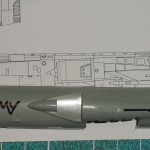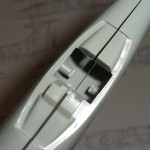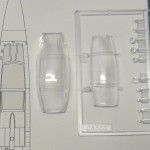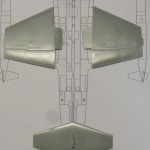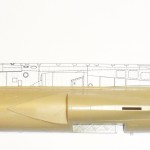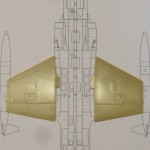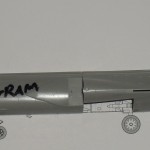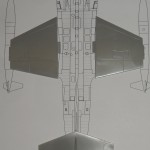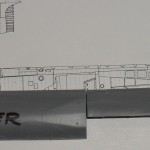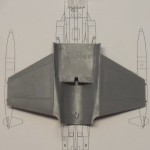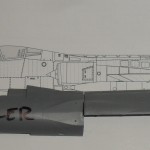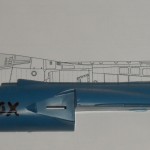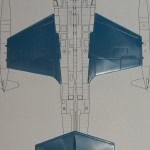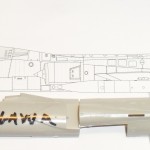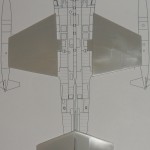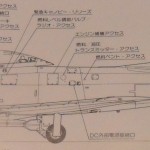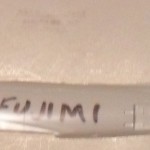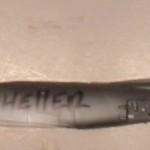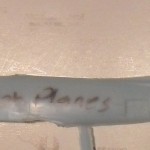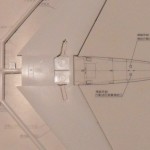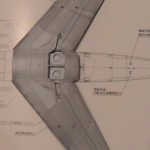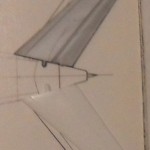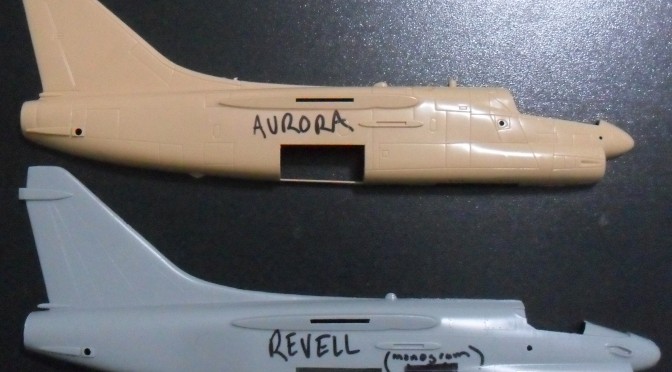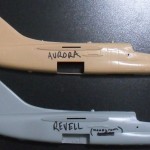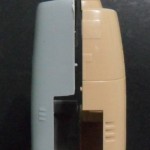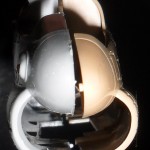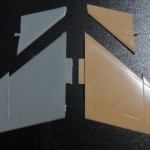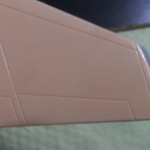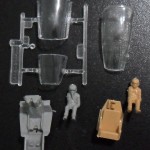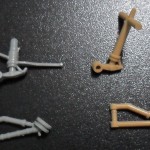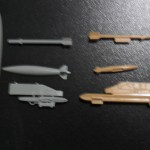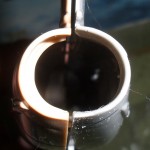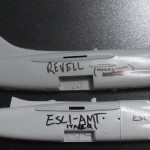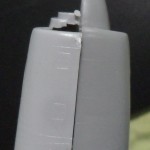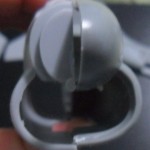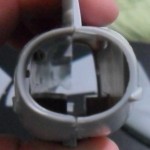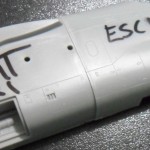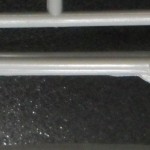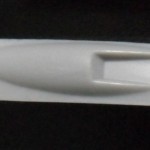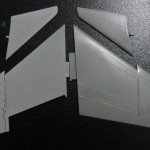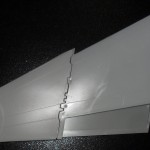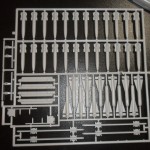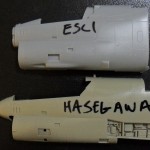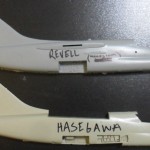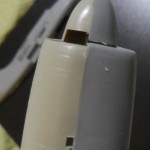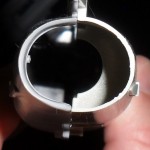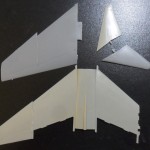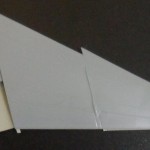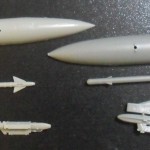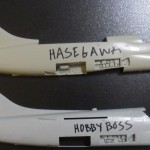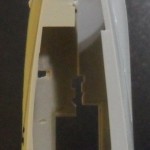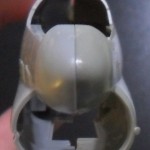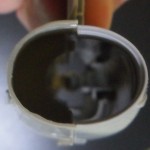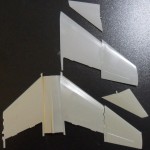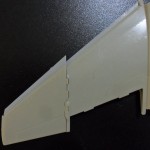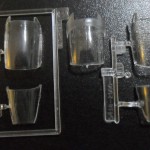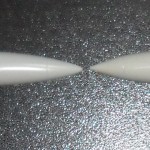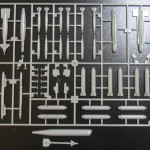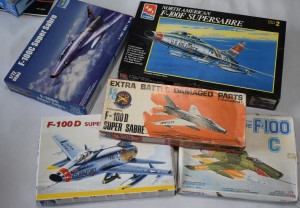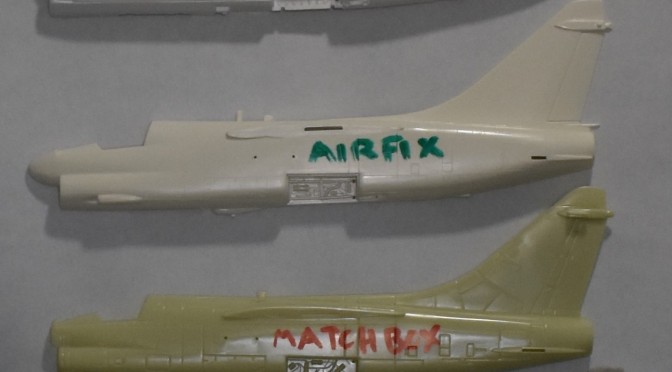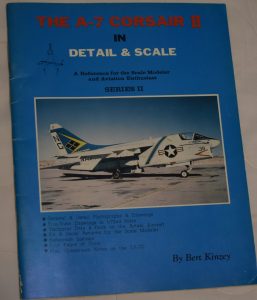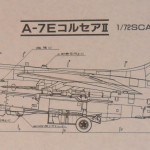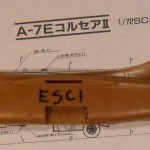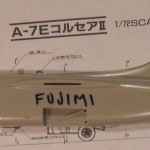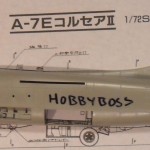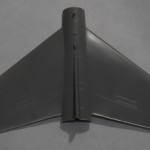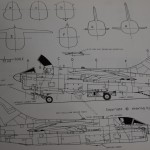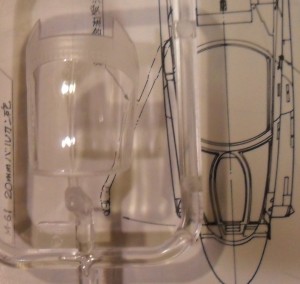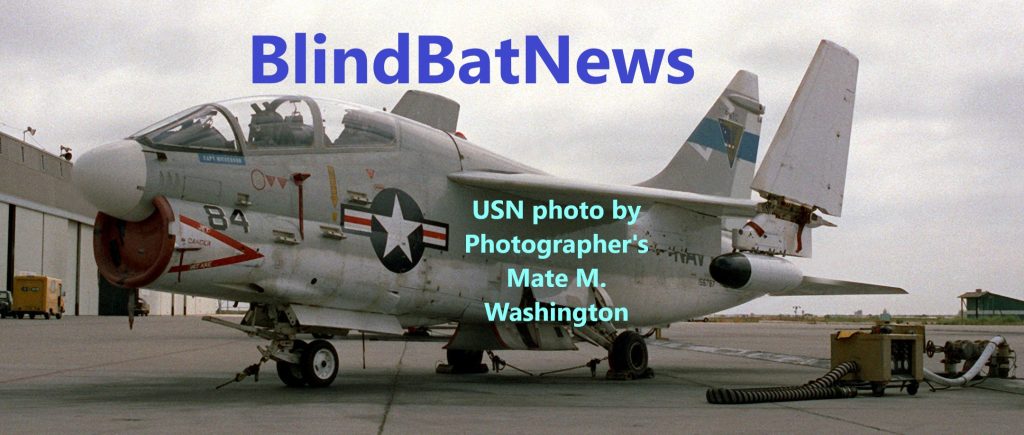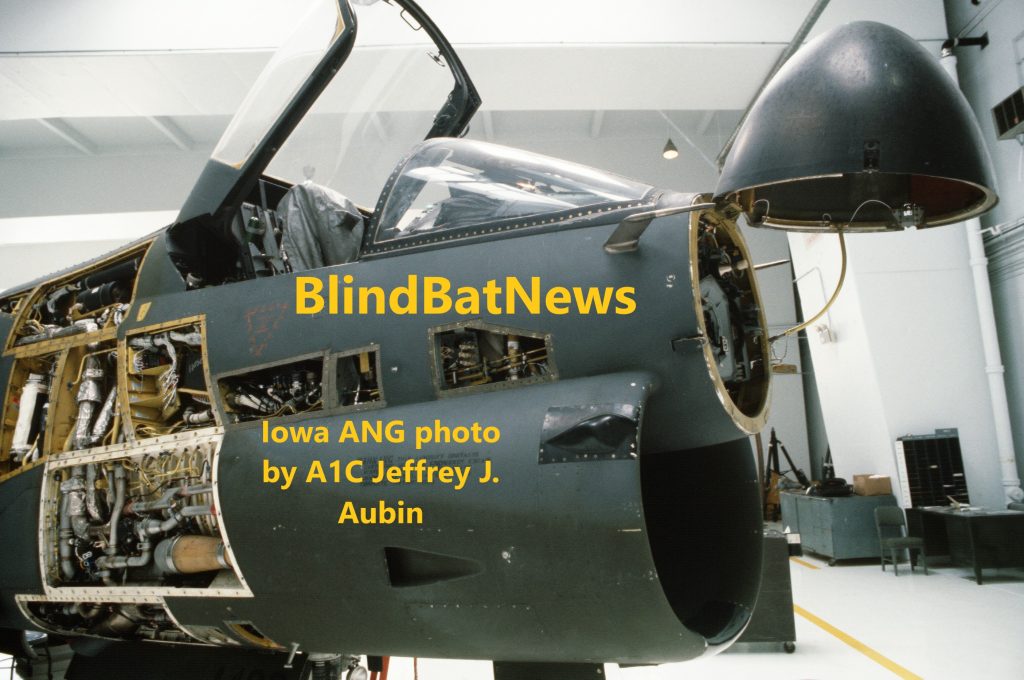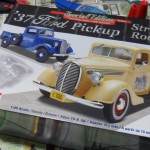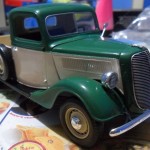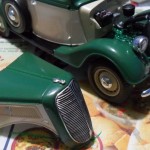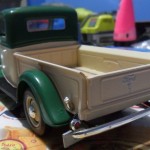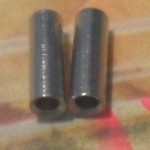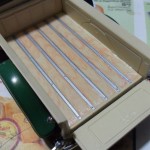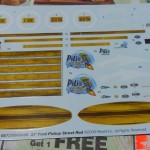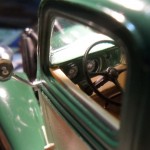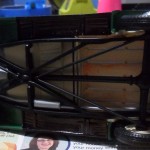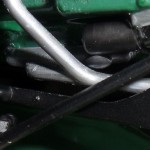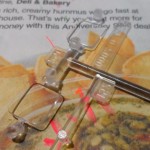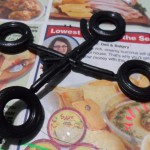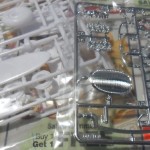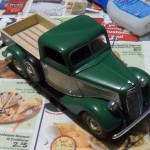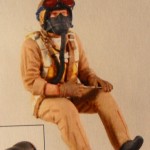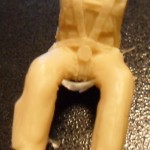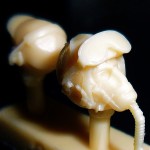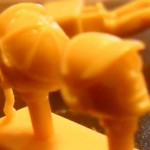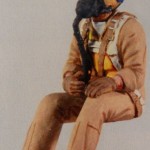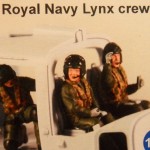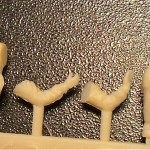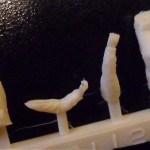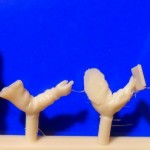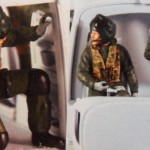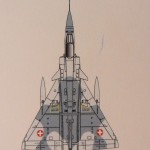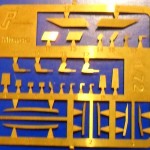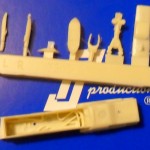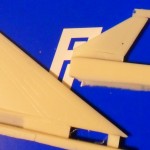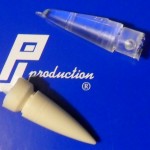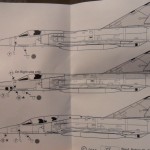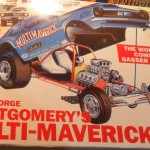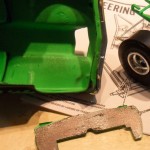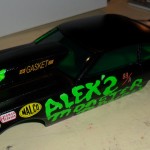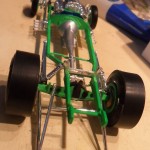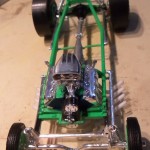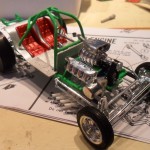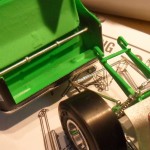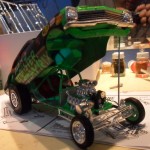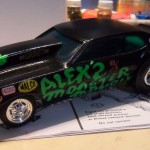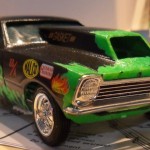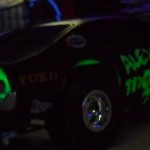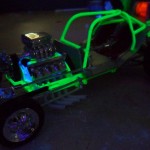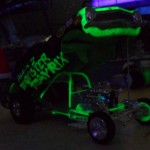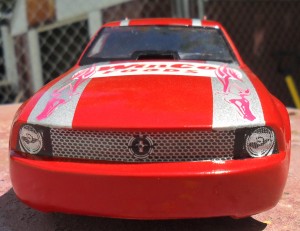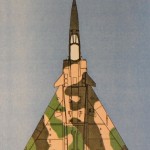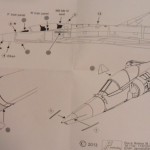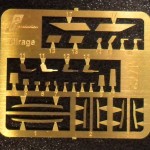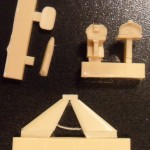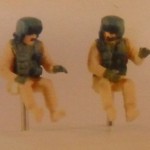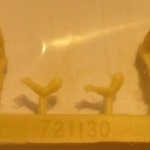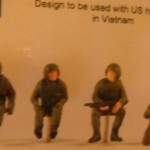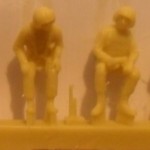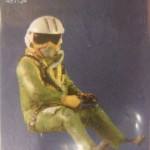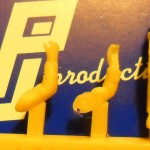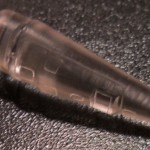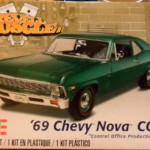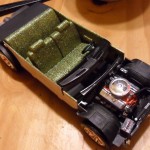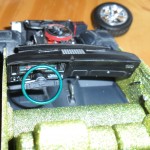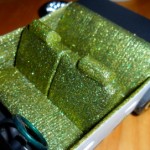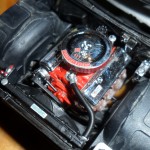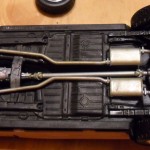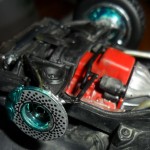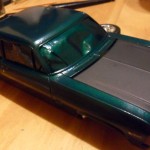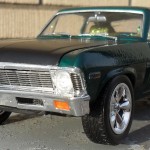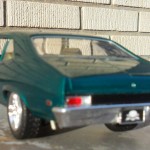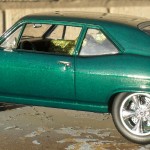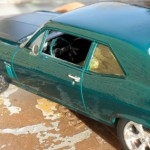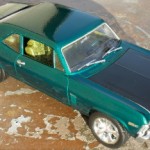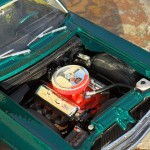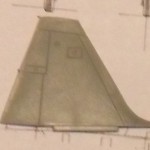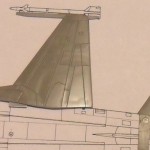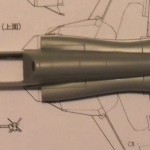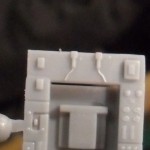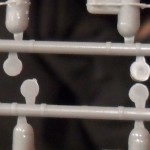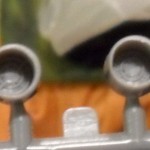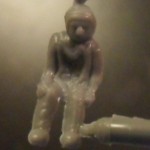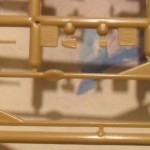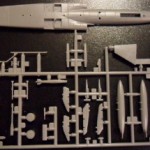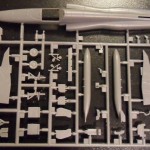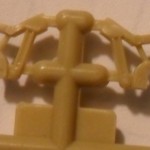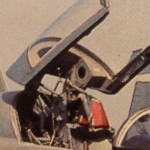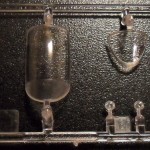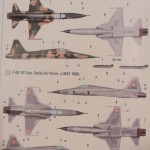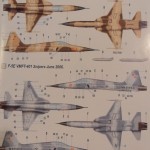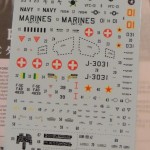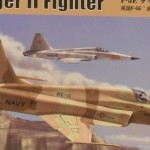I’m an idiot; a nut for the combat ineffective F-104 ‘Missile with a Man in it’ Starfighter so I’ve collect too many, and then I went and spent what precious little money I have on a book of scale plans. And now those scale plans might actually be wrong!
I checked my collection of 1:72 (1/72) scale F-104s against the Mushroom Modeling Publications (MMPBooks) Scale Plans: Academy, ESCI (ERTL, Italeri), Hasegawa, Heller, Matchbox and Monogram (not Revell), with interesting results.
Click the pics in the gallery to see more:
- Longer and fatter than the MMPBooks Scale Plans
- Way too big
- Academy on the left, Monogram on the right
- Slightly larger than the MMPBooks Scale Plans, as are all the kits compared
- Longer than the MMPBooks plans, but circumference is similar
- Wings and canopy
- Shock n Awe, it almost matched the plans, ’till you get to the cockpit area then it too becomes long in the nose
- As stated before, all kits had identical sized wings
- This ancient kit is long and fat
- These wings are probably the biggest of them all, interestingly the canopy looks spot on with the plans, almost
- As before, long and fat
- Toy like, but it’s got the right shape
- Just like the rest, slightly larger than the plans
- Like the others, longer than the Scale Plans, but circumference is a close match
- Still slightly larger than the plans
Conclusion: I’ve compared only the canopy, fuselages and wings because there is a plethora of aftermarket detailing sets out there, so all you really need are decent canopy, fuselage and wings.
All kits had fuselages longer than the MMPBooks Scale Plans, but both Academy and Heller have the largest fuselages in length and circumference. Academy is the worst offender due to the obviously oversized cockpit and canopy.
Despite being an old kit (almost as old as the Heller kits) the ESCI kit still looks good. Matchbox looks toy like but seems to be shaped right.
Everybody likes Hasegawa, so much so that many kit builders find it heresy to even question the accuracy of their kits. But I remember the days when their kits were junk! This Hasegawa kit is definitely not from their junk days in the 1970s. It’s the best two seater F-104 available in 1:72 scale.
The 1990s issue Monogram kit is the winner for straight out of the box appearances. What’s interesting is that there are some reviews out there about the Monogram F-104C that complain of too many rivets, canopy defects and even that the Monogram kit is the same as the Revell F-104G kit with raised panel lines. My kit has fine recessed panel lines and neither too many rivets or a defective canopy and is hands down the best looking of the bunch. I believe there is confusion because before Revell and Monogram were forced to merge (by parent company Odyssey Partners of New York, in 1986) they issued their own F-104 which was an old kit with raised panel lines and lots of rivets. Since the merger many kit bashers think every Monogram kit was originally a Revell kit, or vice versa. In 1996 Monogram issued a new tooled F-104C, it is not the older Revell kit. Lets confuse you even more by talking about Revell Germany. Currently it’s known as Revell Germany here in the U.S. and since 2000 they’ve issued a lot of Hasegawa kits under their label. However, through the 1970s to early 1990s Revell Plastics, or Revell AG (what we now call Revell Germany) issued a lot of junky kits, old Revell kits with raised lines and masses of rivets, crappy old Frog kits, and even Matchbox kits when they bought all the Matchbox molds. From 1980 to 83 Revell was owned by a French company called CEJI, sometimes kits were issued with the label Revell-CEJI. In the 1990s Revell Germany (officially Revell KG, or Revell GmbH) was issuing almost anything under the sun regardless of how crappy the quality was (or is, as they are still issuing old Frog and Matchbox kits). Clue, since the late 1990s Revell Germany has been using blue bordered end opening boxes. And for even more confusion, in 2006 Revell Germany became officially independent of what we now call Revell USA (or Revell-Monogram), however, between 2007 and 2012 both Revell-Monogram and Revell Germany were taken over by Illinois based Hobbico. And don’t forget there’s also ‘Revell-Japan’ sometimes Takara sometimes Gunze Sangyo, ‘Revell-Mexico’ Lodela and ‘Revell-Brazil’ Kikoler! So, the only way to tell the quality of the kit is to open the box and look at the parts, something hard to do when many surviving brick-n-mortar shop owners would shoot you for doing so, and when most kit purchases are now made through the mail or internet.
Another indicator that the MMPBooks 1:72 Scale Plans might be wrong is that all the kits had main wings and elevators (horizontal tails) that were identical to each other dimensionally, and were slightly larger in span and cord than the Scale Plans. For even more evidence that the Scale Plans are wrong; when you compare the kit fuselages to the overhead view they’re even longer than in the side view! This could put me off buying anymore MMP Scale Plans books.
For those who love math, to find out how long the F-104 fuselage should be in 1:72 scale do it yourself!
1:72 comparison F-86 Saber Fujimi vs Heller, or, Nobody is Perfect!
